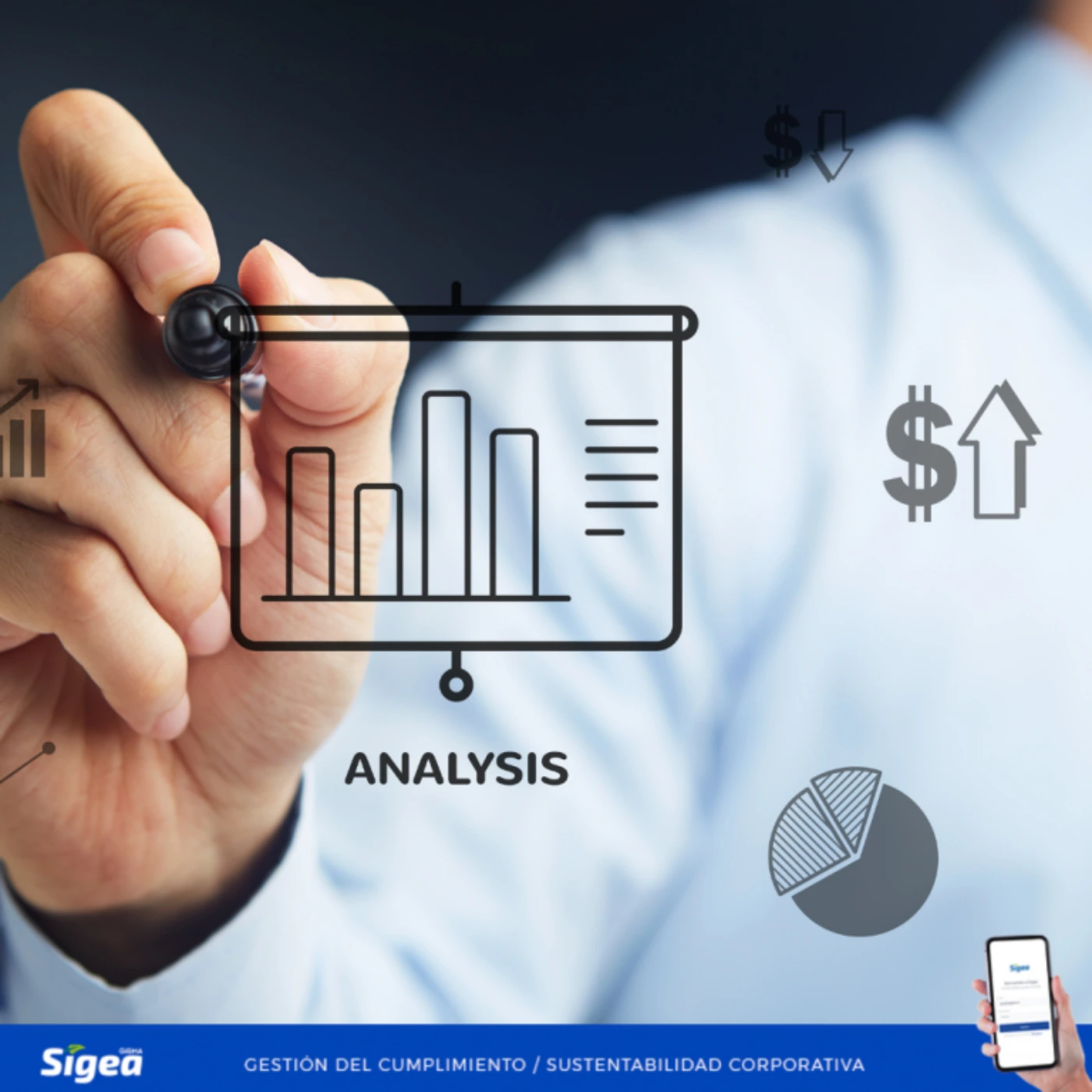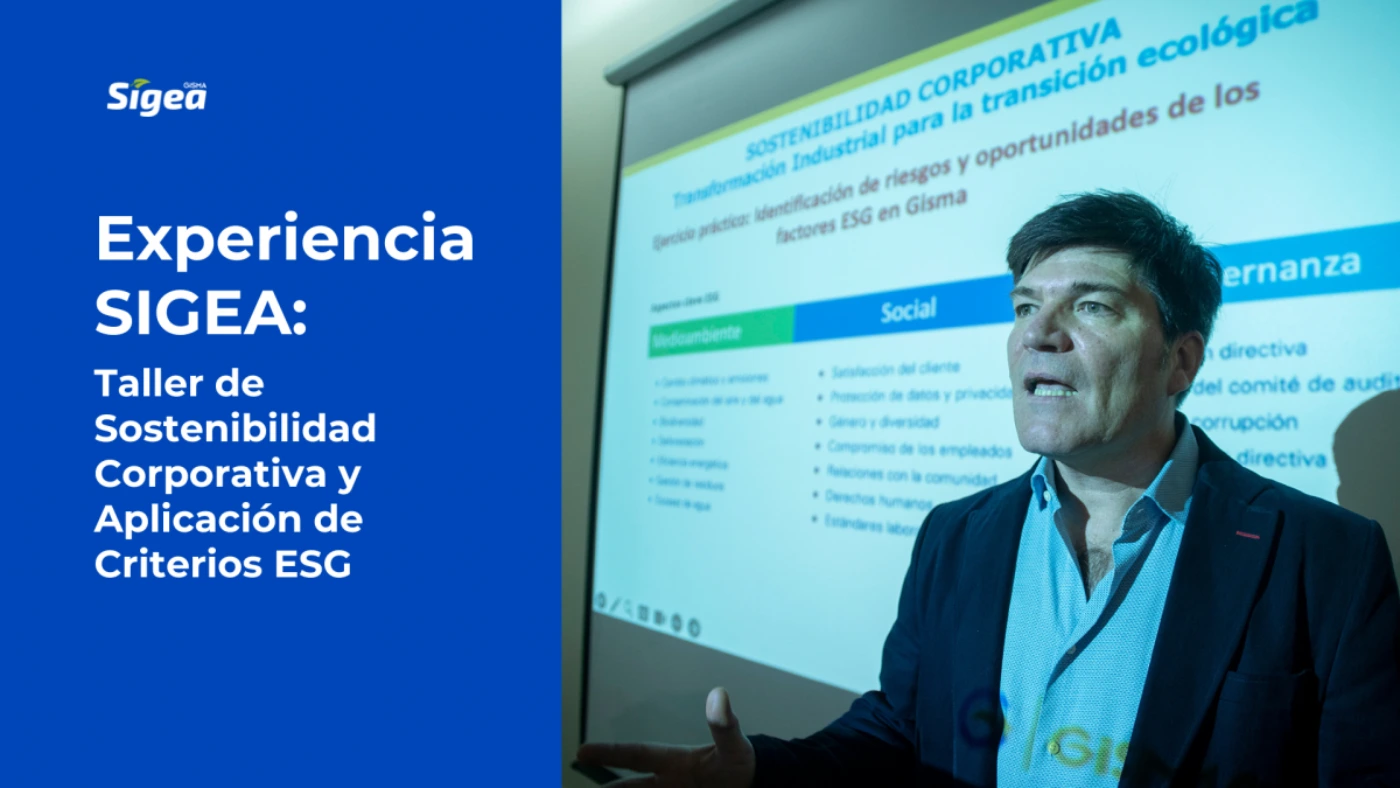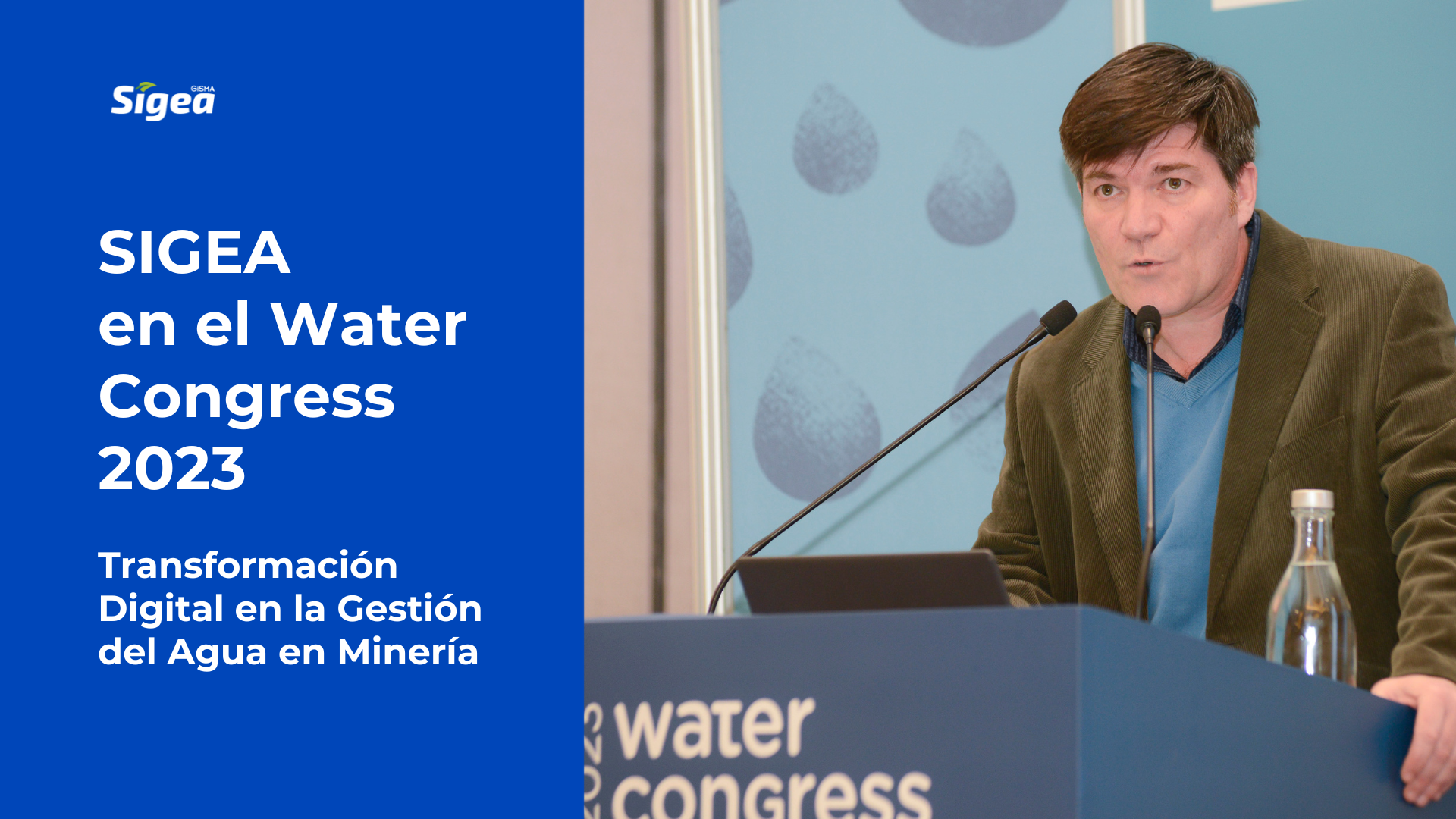The criticality of environmental and sectorial requirements allows us to order and prioritize compliance management, based on the risk associated with non-compliance with the relevant requirements of a project.
In theory we understand this, but do we know the real cost of not performing a proper criticality and risk analysis? We asked our expert Hans Willumsen, Environmental Manager at Sigea, to explain.
When we talk about compliance, how does a criticality analysis benefit us?
Given that the set of environmental management instruments available in the legislation is increasingly demanding and seeks to minimize the effects and damage to ecosystems, natural resources and people’s health, a significant change has been generated that has highlighted the importance of project management in terms of sustainability and relations with the communities.
It is therefore important to identify the criticality of requirements, permits or commitments The company will carry out a risk analysis to ensure the viability of the project and avoid significant sanctions, which can lead to the revocation of its environmental permit to operate and can substantially affect the reputation of the companies.

What would that look like in concrete?
As an example, it is worth considering the volume of environmental requirements that apply to a mining operation, which can easily reach some 5,000 commitments. It is most likely that of this total amount there is a fraction of up to 20% whose criticality and risk of non-compliance is relevant, given its characteristics, since non-compliance could result in the impact on significant components of the environment and people’s health. Consequently, these are requirements whose compliance must be rigorously monitored.
In the absence of a criticality analysis, what would happen if a company that complies with most of its commitments or requirements, misses an item that could have been categorized as high risk?
Today, they can effectively stop a project and revoke the resolution, whether there is non-compliance or illegalities. In addition, any type of sanction has a powerful and transversal reputational cost, which translates into high costs for the company.
That is why the advice of the team behind SIGEA Software is directly aimed at an adequate and timely compliance management, oriented to ensure the business through the control of its main requirements: environmental and sectorial commitments, monitoring, etc.
We understand this in an absolutely binding way between business and sustainability.
Environmental Manager at SIGEA

More about Hans Willumsen Alende
Geographer, Universidad de Chile, Diploma in Environmental Analysis and Management, mention in Land Management. EULA Center – Chile, Universidad de Concepción.
He was Regional Director of the Maule Region of the National Environmental Commission, Regional Ministerial Secretary of Economy of the Ministry of Economy in Biobío in 2006 and Head of the Pollution Control Department of the National Environmental Commission until 2010.
He has extensive experience in environmental management in the public sector, later becoming a senior consultant for the private sector.
Check out this article in our Linkedin




